Every year, the livestock sector in our country contributes 25-26% to the GDP of the agricultural sector and is one of the fastest growing agricultural sub-sectors, even during the COVID-19 pandemic. Over the past decade, this sector has maintained a growth rate of 4.5 to 6%. For example, in 2023, the growth value of the livestock sector reached 5.72%, revenue reached more than 33 billion USD, contributing 26% to the agricultural GDP and more than 5% to the GDP of the country's economy . For a long time, livestock has been identified as a key industry, which needs to shift from small-scale livestock farming to concentrated, commodity, large-scale livestock farming.
Therefore, industrialization of livestock farming in a green and environmentally friendly direction will be the trend to build a modern, sustainable agriculture and meet the increasing demands of domestic and international markets.
In Vietnam, De Heus currently owns 17 animal feed factories equipped with leading advanced automation technology lines and production operations supervised by international experts according to ISO 22000 and Global GAP standards. Photo: Internet.
Mr. Nguyen Quang Hieu, Director of External Relations of De Heus Group, informed that currently De Heus Group is one of the leading units in Vietnam providing nutrition for the livestock industry. We are building linkage chains. Besides, we are also focusing on producing breeding animals. Each year, we supply the market with about 20,000 - 30,000 sows, in the next 5 years De Heus will supply the market with 150,000 sows/year.

Pig farming has shifted towards reducing small-scale, household farming and increasing professional farming households and large-scale farms. Photo: illustration: Internet.
Regarding poultry, De Heus Group is supplying about 55 million chickens/year, in the next 5 years, we will supply 100 million.
Regarding animal feed, the group's output reaches about 3 million tons of feed, aquatic products, livestock and poultry each year. Currently, De Heus is focusing on building a chain of links, aiming to bring the most optimal value to livestock. At the same time, creating close links for the links in the chain.
Among them, the problem of waste treatment in pig farming is prominent. As far as I know, there are regulations to handle this problem. However, in reality, to handle it requires high costs, modern technology, and difficulty in investing in wastewater and environmental systems. Another difficulty is the design of barns, operation, and management, which requires the application of many modern technologies. This is a big problem, requiring high technology investment. In the future, we will continue to invest and use the most modern technologies for farms and factories," Mr. Hieu added.
With the orientation of developing a high-tech agricultural chain, one of the leading livestock enterprises in Vietnam, Hung Nhon Group, has "joined hands" with De Heus Group (Netherlands) to expand investment in building large-scale, modern livestock farms, according to advanced standards in the world in the Southeast and Central Highlands regions. Mr. Vu Manh Hung, Chairman of the Board of Directors of Hung Nhon Group, said: The De Heus-Hung Nhon chain has a production scale of about 1.6 million broilers. The results in livestock production of the De Heus-Hung Nhon chain have always been maintained and developed over the past 10 years, not only in Binh Phuoc province but also expanded to the Central Highlands and Southeast provinces. Thanks to this cooperation, Hung Nhon Group has become the first Vietnamese enterprise to export chicken to the Japanese market, one of the most demanding markets today.Mr. Tong Xuan Chinh - Deputy Director of the Department of Animal Husbandry (Ministry of Agriculture and Rural Development) said that the livestock industry has been making an important contribution to national nutritional security, creating livelihoods for nearly 10 million households nationwide, with a contribution of 25.2% to agricultural GDP. In the coming time, the livestock industry will focus on developing livestock farming according to the value chain and implementing policies to support farmers to ensure biosafety and sustainable livestock farming and implement slaughtering processes to ensure food safety and hygiene, creating added value for products, aiming to ensure both domestic food supply and export./.
Le Quang


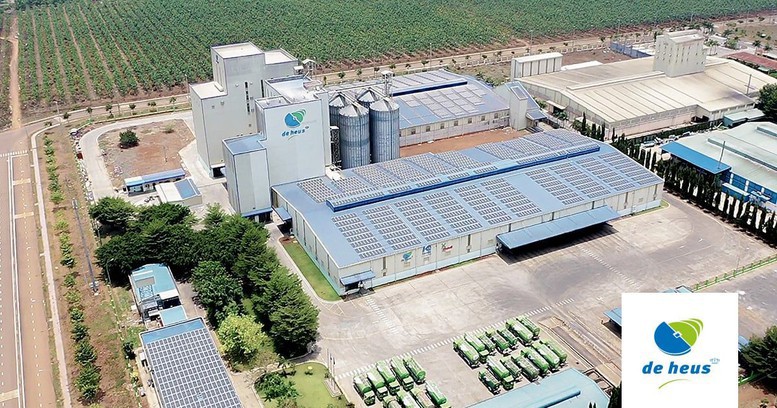


![[Photo] The Government Standing Committee works with ministries and branches on the real estate market situation.](https://vphoto.vietnam.vn/thumb/1200x675/vietnam/resource/IMAGE/2025/5/24/e9b5bc2313d14c9499b8c9b83226adba)

![[Photo] Ho Chi Minh City holds funeral for former President Tran Duc Luong](https://vphoto.vietnam.vn/thumb/1200x675/vietnam/resource/IMAGE/2025/5/24/9c1858ebd3d04170b6cef2e6bcb2019e)

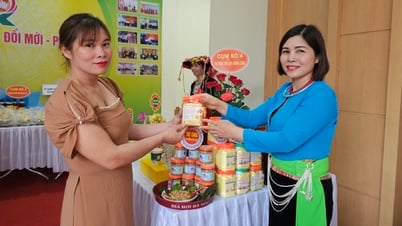


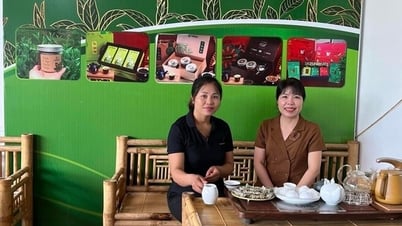
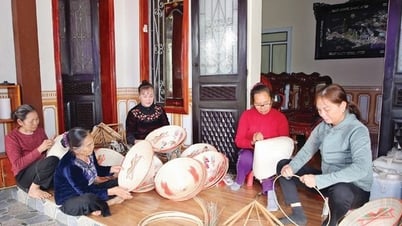
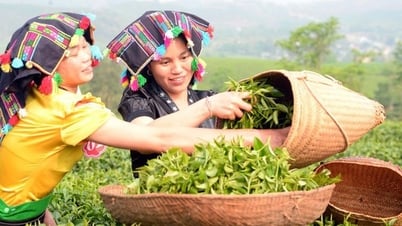














![[Photo] Party and State leaders visit former President Tran Duc Luong](https://vphoto.vietnam.vn/thumb/1200x675/vietnam/resource/IMAGE/2025/5/24/960db9b19102400e8df68d5a6caadcf6)
















































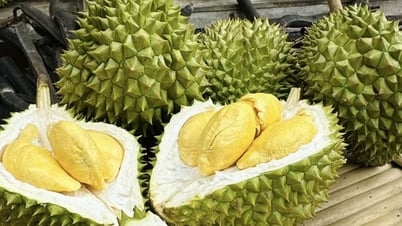

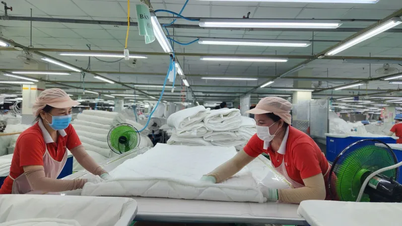
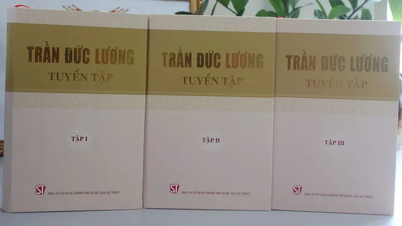













Comment (0)